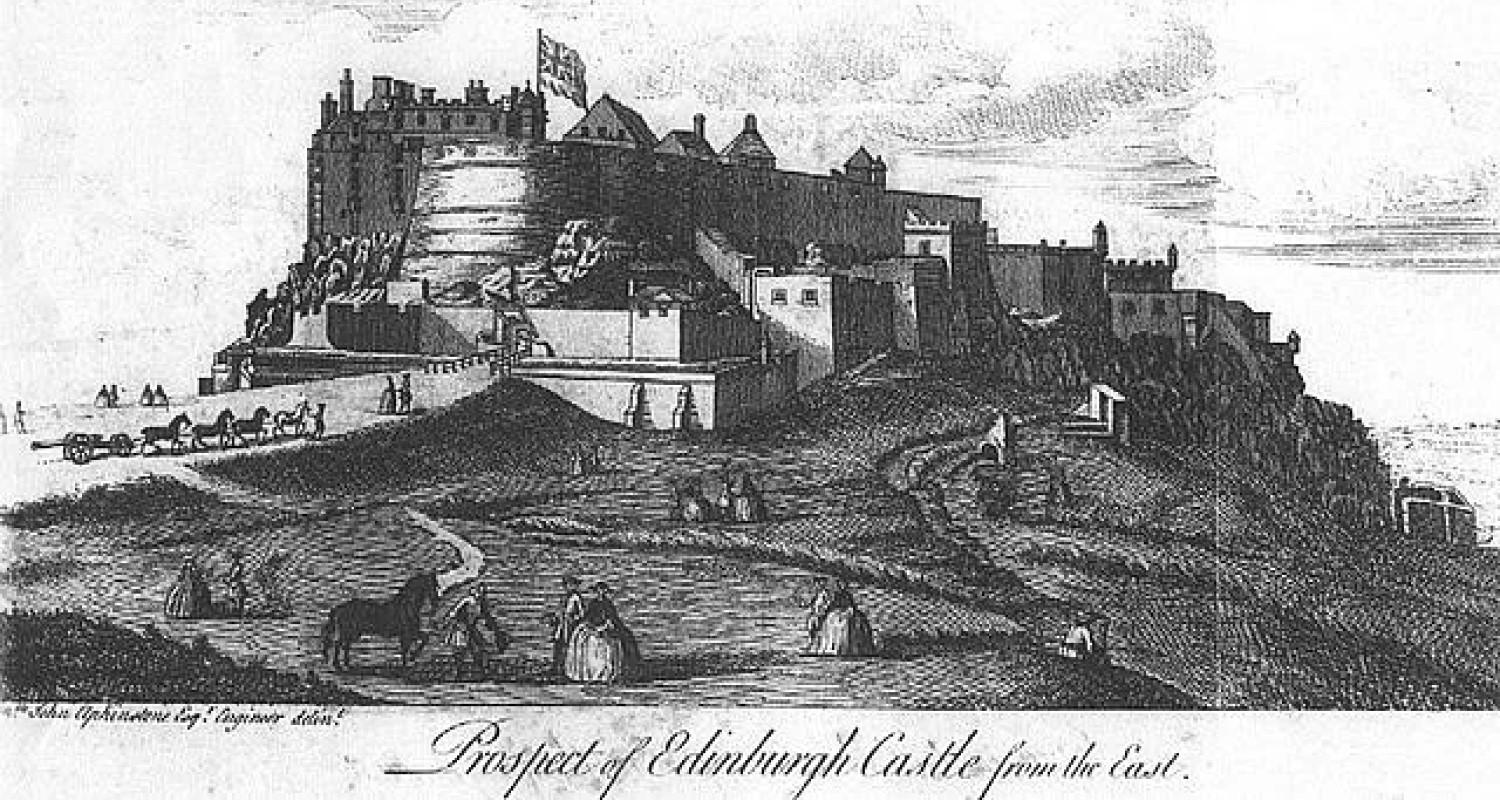Why and how did Edinburgh become the major centre for royal government in late medieval Scotland? The talk traces the development of Edinburgh as a royal administrative and residential centre in the fourteenth and fifteenth centuries until its formal emergence as the kingdom's capital in the reign of James III (1460-88).
Professor Steve Boardman was born in Dunfermline, Fife in 1963 but spent the bulk of his childhood in Hertfordshire and Kent where he developed an interest in cricket. Steve returned to Scotland to study English at St Andrews University and then to study history.
After three years, he stumbled into the James IV Special Subject run by Dr Norman Macdougall. The enthusiasm, good humour and excitement that characterised Norman’s teaching set him on the path to postgraduate study and a lifetime of an academic career path. Steve finished his PhD at St Andrews in 1989 and thereafter held two postdoctoral fellowships in the same institution before spending two years as a Lecturer in History at Aberdeen. In 1997 he was appointed to a Lectureship in Scottish History in Edinburgh, promoted to a Senior Lectureship and then a Readership in History.
Edinburgh is 900 Years Old!
In 1124 King David I introduced a new system of local government into Scotland by creating royal burghs as part of his efforts to reform the nation’s economic and political structures.
Edinburgh was one of his first royal burghs, along with Berwick, Dunfermline, Roxburgh and Stirling.
While there is no surviving founding Edinburgh charter, an 1127 Dunfermline Abbey royal charter refers to ‘my burgh of Edinburgh’. In 1128, Canongate Burgh was created for Holyrood Abbey.
After the Reformation, Edinburgh spent considerable effort acquiring the former abbey’s lands over the following 200 years. It acquired Canongate then created a new burgh for South Leith in 1636. The burghs of Broughton, Calton and Portsburgh were also acquired and run by Edinburgh. This complex system of governance was abolished in 1856 when all burghs under the management of Edinburgh were merged into a single burgh.
In 1833, Portobello and Leith were made independent parliamentary burghs under the Burgh Reform Act. They ran their own affairs until amalgamated into an expanded Edinburgh in 1896 and 1920, respectively. 1975 saw the last expansion of the city’s boundaries, including Queensferry, which had been made a royal burgh in 1636.
Edinburgh has selected 2024 to mark the start of the 900th anniversary of our city, and to tell the story of Edinburgh’s journey through the centuries from the 12th century City of David right up to the 21st century, the City of Diversity. Our talks at the City Art Centre will celebrate the 10 themes and will span a period of summer 2024 until August 2025.
The kingdom's greatest town: The emergence of late Medieval Edinburgh as Scotland's capital
